Did you ever try to dry out corn kernels at home to make your own popcorn when you were little to no success? Sorry to bring up any sad memories of charred corn stuck to the bottom of a pot, but good news is your child level culinary skills weren’t to blame. It turns out the corn you eat at home is completely different from the corn that’s used to make popcorn kernels.
There are four categories of corn: sweet corn (the corn we eat), field corn (the corn in cornmeal), ornamental corn (the corn for ornaments!) and popcorn. Typically, when popping corn, we use Flint corn, which of course falls into the popcorn category. Flint corn has a higher starch content which gives it more of the fluffy white part of the popcorn we love so much. As you might have guessed by its name, Flint corn has a very strong hull, or shell, that protects the inside of the kernel, the endosperm. The endosperm has a significant moisture content that, when heated, turns into steam and causes the kernel to pop! This popping transforms the starchiness into the fluff we know as popcorn.
According to a Mexican myth (and archaeological evidence) popcorn has been around much longer than most would expect. The myth says a long time ago in Teotihuacan, there lived a wealthy farmer who grew thousands of acres of corn. He had the idea to dry some of his corn to use as chicken feed, and while out feeding his chickens on a hot summer day he heard a “pop” and found a kernel that had popped. After discovering it was from the corn, he gave it a try and discovered the tasty snack we still eat today.
While the story is likely legend, there is archeological evidence to support the fact that people have been eating popcorn for thousands of years. The earliest evidence of popcorn found in Mexico dates back to roughly 3600 BCE. They may not have been enjoying it like we do with salt and butter, but it still proves popcorn has been a snack people have enjoyed long before we began munching on it at the movies.
It wasn’t until the 19th century that people started popping kernels on the stove, and with the invention of the popcorn maker in the 1890s, popcorn was everywhere. The affordability of popcorn during the Great Depression, however, is what really made it so popular. Big names in the snack world like Wise Snacks started around this time too. Even during the tough times of the Depression, the popcorn business was booming and supported farmers fighting to stay afloat.
WWII also contributed to popcorn’s rise to fame. Candy production was low during the war due to sugar rations. To fill the sweet tooth void Americans turned to popcorn and started eating three times more than they had in the past. This is also the time when popcorn began staking its claim on movie theaters and becoming the snack you affiliate with movies, even though theater owners resisted the snack as they saw it as a distraction but eventually came around.
Popcorn is a snack that’s been enjoyed for thousands of years, and we still munch on it today in movie theaters, ball games and pretty much any other spectator event imaginable. Whether you pop it in oil or with air, throw salt or sugar on it, popcorn is a timeless snack.

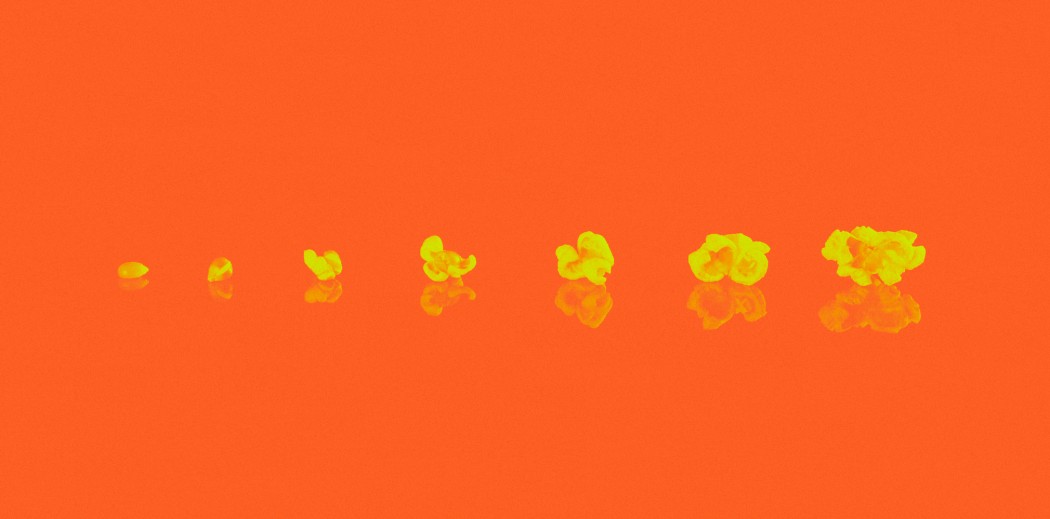
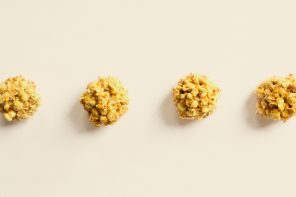
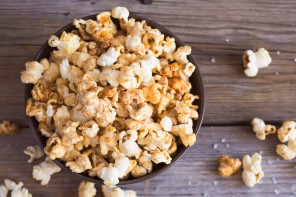

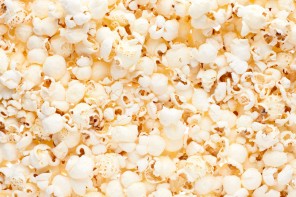
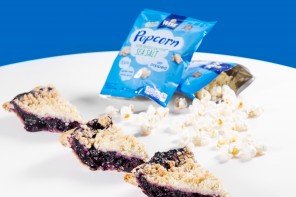
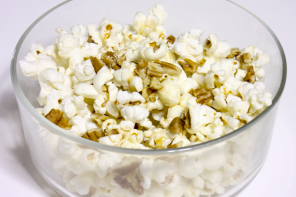
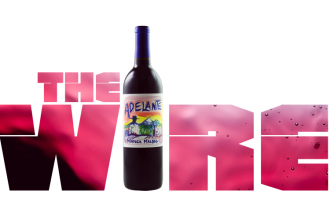
I had no idea it’s been a legendary snack.